
St Paul's Cathedral and Westminster Abbey are, of course, churches that every tourist must see and every guide shows. But there are other interesting churches in London, and we will talk about these below.
In most cases, churches are named after some popular saint. Since several churches want the same saint's name, more details are usually added. For example, one of the old city gates can be mentioned. If "without" is in front of the name of the gate, then the church stood outside the city wall. There may also be a specification by district or location. There may also be a specification according to some other geographical feature (in a field, near a stream, etc.). But there are some strange exceptions, for example the church near Belgrave Square is called CCC4vat2. This means Catholics for a Changing Church for Vatican second Council.
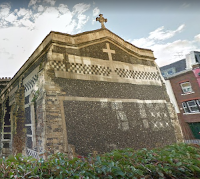
On the east side of Smithfield Square we see a 16th century gatehouse. From that gate we can get to the grounds of the church. It is the oldest surviving parish church in London. It was an Augustinian monastery church founded in 1123. The church has survived fires and bombings, but has not always used as a church. A stable and a printing house have been located here (where Benjamin Franklin once worked in 1725). In the church there is a "weeping" statue of Edward Cooke (humidity condenses in the marble). If you leave the churchyard through the back gate, you come to Cloth Fair Street, which has a number of houses that survived the fire of 1666.
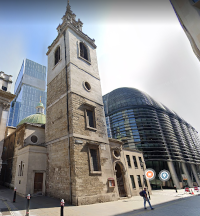
This is one of Sir Christopher Wren's most beautiful works. This has been modelled in many European cities
The altar was made in 1956. Henry Moore, who had doubts about his suitability for the job because he was an agnostic in his views. The leader of the church then said: "I'm not asking you to preach. Do your job."
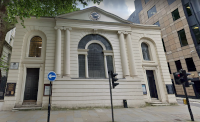
Botolph is the patron saint of travellers and tourists. There are three churches dedicated to him in London, but the one on Aldersgate St is the most beautiful. In the olden days, the first thing travellers arriving to London would do was to thank God for getting here, rather than immediately looking for an ATM.
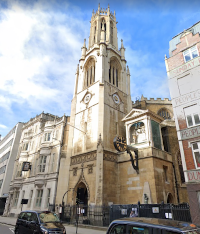
The church originally located here survived the Great Fire of London, but was replaced between 1829 and 1833 by a new, octagonal church, as was fashionable at the time. But the clock on the church dates back to earlier times (from the old church), and has been standing here since 1671. For three and a half hundred years, the clock has been striking every quarter-hour. It is the first large public clock in London to have two dials and a minute hand.
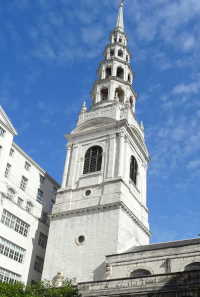
The eighth church on the same site and its tower has become a model for wedding cakes. Read more in the interesting places section #90.
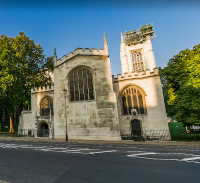
The church is located right next to Westminster Abbey. Since 1614, it has been officially the church of the House of Commons. The famous mosaic window behind the altar was given by the King of Spain for the wedding of his daughter Catherine of Aragon. Poet John Milton and later Prime Minister Winston Churchill were married in this church.
Above the church door is a tiny bust of King Charles I, looking across the road at the statue of Oliver Cromwell. After Cromwell's coup, Charles was executed.
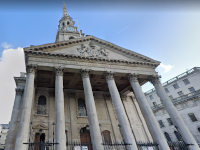
The church stands in a prominent location by Trafalgar Square, but the name suggests that there was quite an open field here when it was built. The church was built in 1726 and has been a model for hundreds of other churches. Concerts are often held here.
There is a nice dining area in the crypt under the church (entrance is from the building to the left of the church). Despite the representative place, the prices are not very high, it is worth visiting.
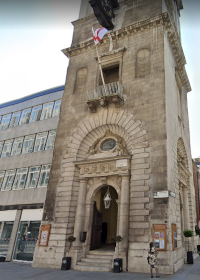
One of London's most venerable churches. The first church was built here in the 11th century, but it was destroyed in a Great Fire in 1666. The new church was designed by Sir Christopher Wren, taking Roman churches as a model. It is believed that a resident of London's East End, who is called a cockney , must have been born in a place where the bells of this church can be heard. By the way, this word "cockney" comes from the image of a cock (AM: rooster) on the church.
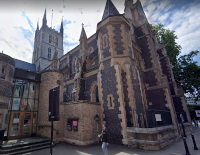
The church has been on this spot for a thousand years, previously there was a villa built here by the Romans. The current cathedral (cathedral means the bishop's home church) was built in the 12th century and was the first Gothic style church in London. William Shakespeare attended this church and his brother Edmund is buried here.